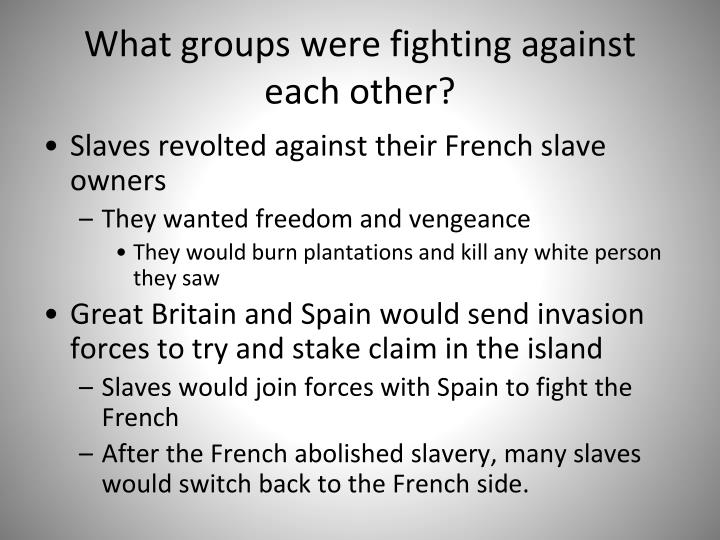

All groups were conducted in English, due to participant preference. Fighters and non-fighters were asked the same questions in each domain probes varied based on the discussion in each group. A trained research assistant moderated the groups, using a semi-structured format, with a moderator’s guide of open-ended questions and probes to stimulate discussion ( Table 1). 21 Focus groups were conducted as they accrued, and although categories of data collection were pre-determined (fighters/non-fighters), there was no structured pattern in the order in which focus groups were conducted. Six to eight participants were recruited per group. Students were asked about fighting status in private, by phone no formal assessment of fighting status was conducted. Students took consent documents home, and returned signed documents and contact information to study personnel at school. Written informed consent was obtained from parents and assent from students. Students were eligible to participate if they were 13–17 years old and English or Spanish was their primary language. Participants were recruited at two urban middle schools and three high schools, using flyers and in-person visits to classrooms by study personnel, who stated that the purpose of the study was to understand youth involvement in fighting, from the perspectives of both involved and uninvolved students. Groups were stratified by gender and race/ethnicity. Students self-reported participation in a physical fight in the past 12 months. 21 The aim of this study was to examine fighters’ and non-fighters’ perspectives on fighting and strategies to prevent fighting, using focus groups.įocus groups were conducted with adolescents 13–17 years old, six groups with adolescents who have been in a fight (fighters), and six with adolescents who have not been in a fight (non-fighters). Focus-group methodology provides insight into participants’ attitudes, experiences, knowledge, and motivations within the participants’ cultural context, and allows for group interactions to facilitate discussion.

Such comparisons could provide information from fighters on why they engage in fighting, and from non-fighters on strategies they use to effectively avoid fighting. No published qualitative studies have examined adolescent perspectives on fighting and its prevention, with comparison of youth who fight and those who do not fight. None of these studies examine strategies to prevent fighting. 22– 28 Parental attitudes that support fighting in self-defense or retaliation 24– 28 increase the risk of fighting. 24– 28 Fighting is viewed as a problem-solving strategy and means for gaining status and respect among peers walking away from a fight is viewed as ineffective and can lead to increased harassment and rejection by peers. 22– 28 Most of these studies consist of interviews with pre-adolescents, or adolescents with assault injuries. 21 Few qualitative studies, however, have examined fighting. Qualitative research allows the examination of attitudes and behaviors, and could provide important insights into reasons for engaging in aggressive behavior.

These programs have shown variable impacts on aggressive behavior, especially among adolescents the reasons for this are unclear.

Violence prevention programs are primarily school-based, and focus on addressing social skills, conflict resolution, and peer norms about violence. School and community 11 violence also are risk factors. Relationship level risk factors include parent-child conflict, 10 poor parental monitoring 9, 11 and parent-child communication, 13 exposure to violence in the family, 10, 11 delinquent peers, 6 negative peer norms about violence, 6 and low school connectedness 10, 14 high family connectedness and parental support 12, 13, 15, 16 are protective. 8 Individual factors, such as depression 9, 10 and impulsivity, 9, 11 increase the risk of adolescent violence, whereas anger-control skills 12 are protective. Risk factors increase the odds that an adolescent will behave violently, whereas protective factors decrease these odds. 7 According to this model key influences on youth behavior are at the individual, relationship, community, and societal levels. 6 Youth involvement in fighting and violence can be conceptualized using the social-ecological model, used by the Centers for Disease Control and Prevention as a framework for violence prevention, and derived from Bronfenbrenner’s ecological model of child development. 1 Fighting is an antecedent behavior and occasional cause of homicides among adolescents, 2– 5 and can persist as violence in adulthood. One in three high-school students is involved in a fight annually.


 0 kommentar(er)
0 kommentar(er)
